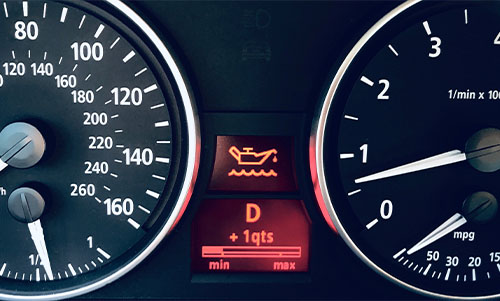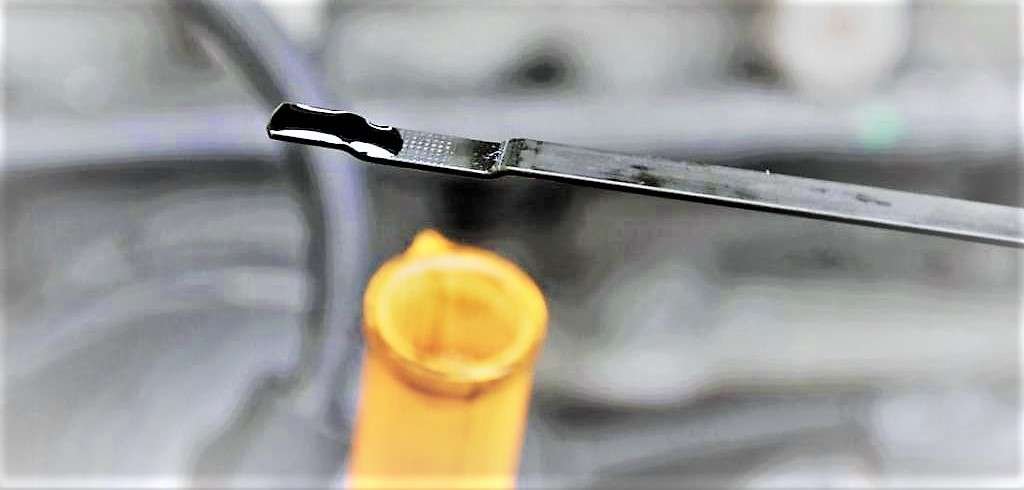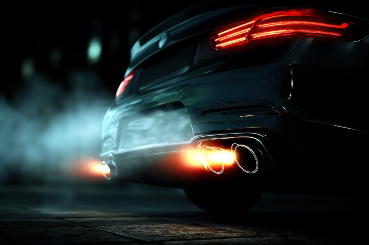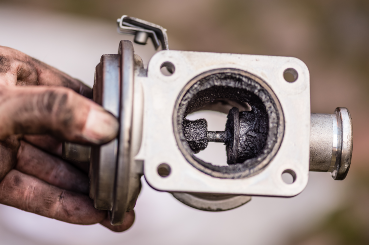
So you’re driving along and suddenly your oil warning light comes on. As we’ve talked about in other posts, a dashboard warning light isn’t always a sign of something serious and it’s exactly the same with the oil light. It may not be an indication of a serious issue, but you must not ignore it under any circumstances.
So why has my oil light come on?
There are a variety of reasons why your engine oil light has become illuminated on your dashboard, but let’s have a look at the three most common reasons.
1. Your oil level is low
Oil keeps your engine lubricated and all the moving parts working properly. It also helps with the cooling and cleaning processes. Without engine oil, important components in your engine would suffer irreparable damage, resulting in your car possibly needing a new engine.
Firstly, you need to make sure your car is stopped and turned off. Before you open the bonnet, have a quick look underneath the car for any signs of a leak. If you notice an oily patch on the road or any signs of oil dripping, you’ll have to call your local garage to have the problem fixed.
Open your bonnet and have another look around the engine for any signs of oil leaking out. If there are no obvious signs of a leak, locate the dipstick (you may need to refer to your car’s manual if you’re unsure where everything is). Remove the dipstick and wipe it clean with a rag or cloth (if you forget to clean it before you check the level, you will get an incorrect reading).
After you’ve wiped it, put the dipstick back into the vehicle. Pull it out again and have a look at the oil on the dipstick. If it’s low, or there’s no fresh oil on it at all, you’ll need to top up the level as soon as possible, ideally before you start or continue your journey.

Note: Make sure you use the correct oil, which will be specified in your owner’s manual.
Once you’ve topped up the oil, start the car again and you should hopefully see that the oil warning light is no longer on.
2. Your oil pump needs replacing
If your oil pump isn’t working properly, or has become worn out over time, it will cause your oil pressure to drop. This makes it harder for the oil to lubricate all the parts of the engine, which may result in the engine making a loud noise when running. If you check your oil level and find that the level is fine, it may be a sign of a faulty fuel pump if your oil service light remains lit.
Unfortunately, if this is the case, it’s not something that you can fix yourself at the side of the road. If you suspect that the oil warning light may be caused by a loss of pressure, rather than the oil level being low, you’ll need to call your local garage or breakdown service to recover your vehicle. We would not recommend driving your vehicle any further until you’ve had the problem diagnosed and fixed, as continuing to drive could cause serious damage to your engine.
3. You have a faulty sensor
So you’ve checked for leaks and found nothing. You’ve checked your oil level and found it to be fine. You’ve listened to your engine and heard it running normally. Chances are your oil light has come on due to a faulty sensor.
If this is the case, you are probably fine to complete your journey without damaging your car’s engine. However, until the problem has been professionally diagnosed as a faulty sensor, you won’t know for sure.
With that in mind, we would not recommend that you continue your journey, as you could cause significant damage to your car’s engine and that would result in expensive repairs.
If you do decide to continue on your journey and you notice that the engine starts to make unusual noises, you should stop immediately and call your local garage or breakdown service for recovery.
If you regularly cover a large number of miles, it may be worth booking an interim service to have your oil & oil filter replaced and other important parts checked.
What happens if I choose to ignore the oil light?
First of all, you should start to notice that your engine is a little noisier than usual. This is because all the moving parts are starting to have to work harder, as they face more resistance to move due to the lack of lubrication from the oil.
This sound will only get louder as the bearings, pistons and crankshaft start to really struggle to move cleanly. You may hear bangs and knocks from the engine at this point.
Finally, your engine will seize up completely, your car will lose drive and you’ll grind to a halt. You’ll have caused significant damage to your car’s engine, which could cost thousands of pounds to remedy.
What’s worse is that you could easily have caused an accident, especially if you were travelling at speed.
Is it really worth ignoring your oil warning light? We don’t think so.
If you would like to know about other warning lights, make sure you read Dashboard Warning Lights Explained.




















